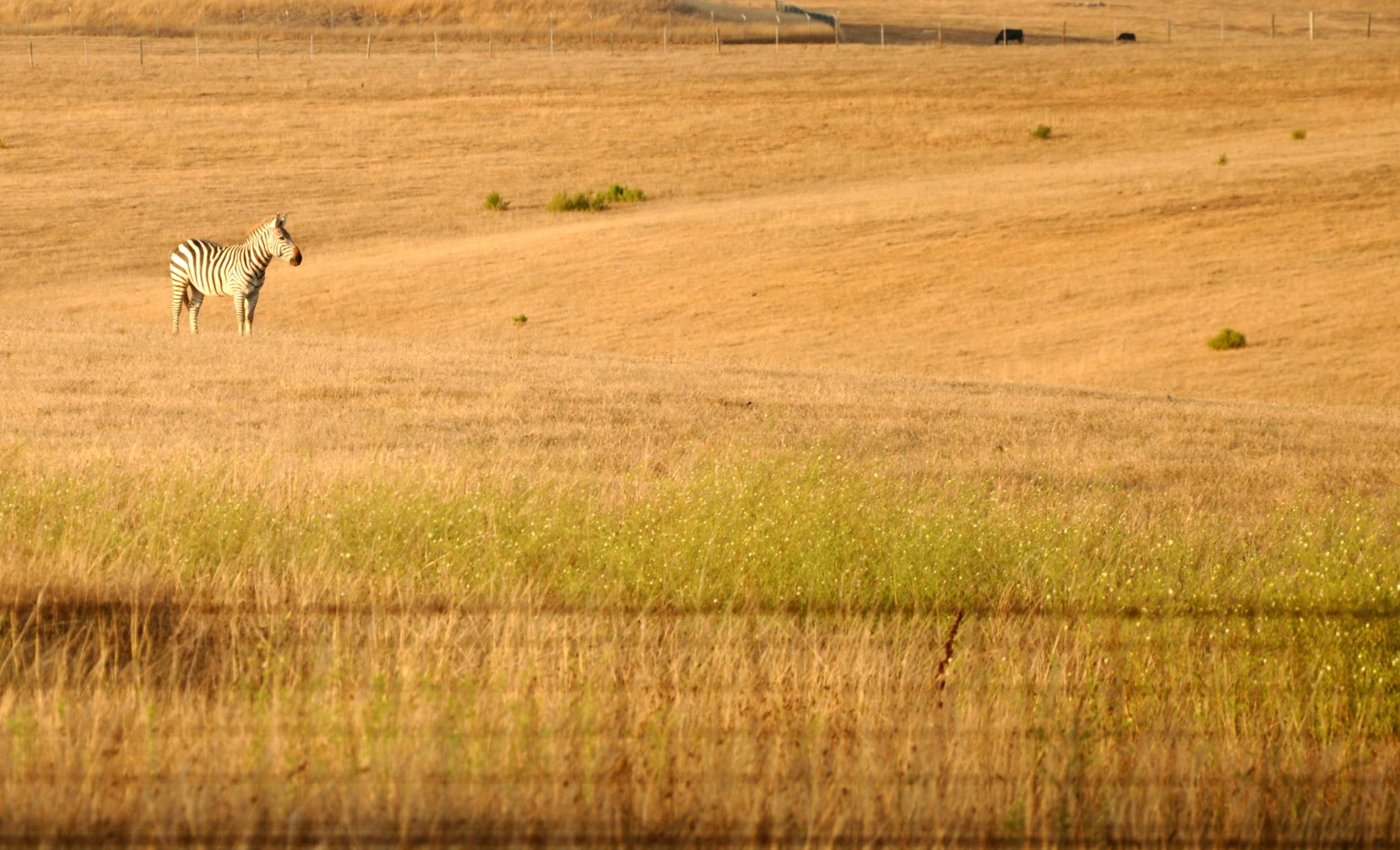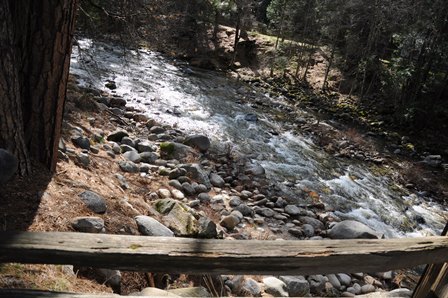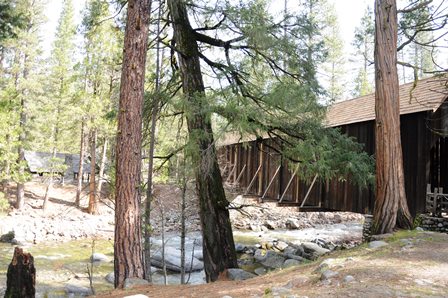It's always nice and refreshing to see a happy family. The Shmavonyan's are just that. And they love taking family photos! Photos are a glimpse of our memory - capture as much as you can, and if you need help with that, let me know.
Aren's 1st Birthday Photoshoot
This past weekend, I had the pleasure of photographing a wonderful young family. The shoot was for family photos, specifically for Christmas, but more importantly, for Aren's 1st birthday (he's so cute!). Happy birthday, Aren!
Here are some shots from the day.
Taos Pueblo
It is difficult for me to express exactly what it was like to see Taos Pueblo, but here is my attempt.
It was like going to a 1000 year old museum, but it was alive, alive with people, animals, tradition, life. I felt awkward at times taking photos of this place because I was taking photos of peoples homes, their shops, their daily life. I couldn't help but think to myself, if the indigenous inhabitants of this pueblo felt like museum artifacts on display. I can only imagine how annoying it could get, so much so, that there were signs in certain places telling people to basically keep out. Also, you have to get permission from the inhabitants to take photos of them - it's common sense not to take photos of people without asking their permission, but sometimes we forget when we enter a museum.
From the very short interactions I had with a few members of the tribe, the Red Willow people, I could see how proud they are of their culture and history - protecting it as best they could.
These structures are over 1000 years old, made of dirt, water and straw, and have been passed down from one generation to the next. I encourage you take a guided tour, directed by its indigenous people, chosen by their tribe council. My guide's "modern" name was Kevin, but his tribal name, White Feather. He told his people's story, how they used to live, about some of their traditions, about how the Spaniards forcefully introduced Catholicism to their people, and about the church that stood in the plaza.
As I stated before, words cannot express everything that is going through my mind when it comes to Taos, so here are some photos of mine of the pueblo.

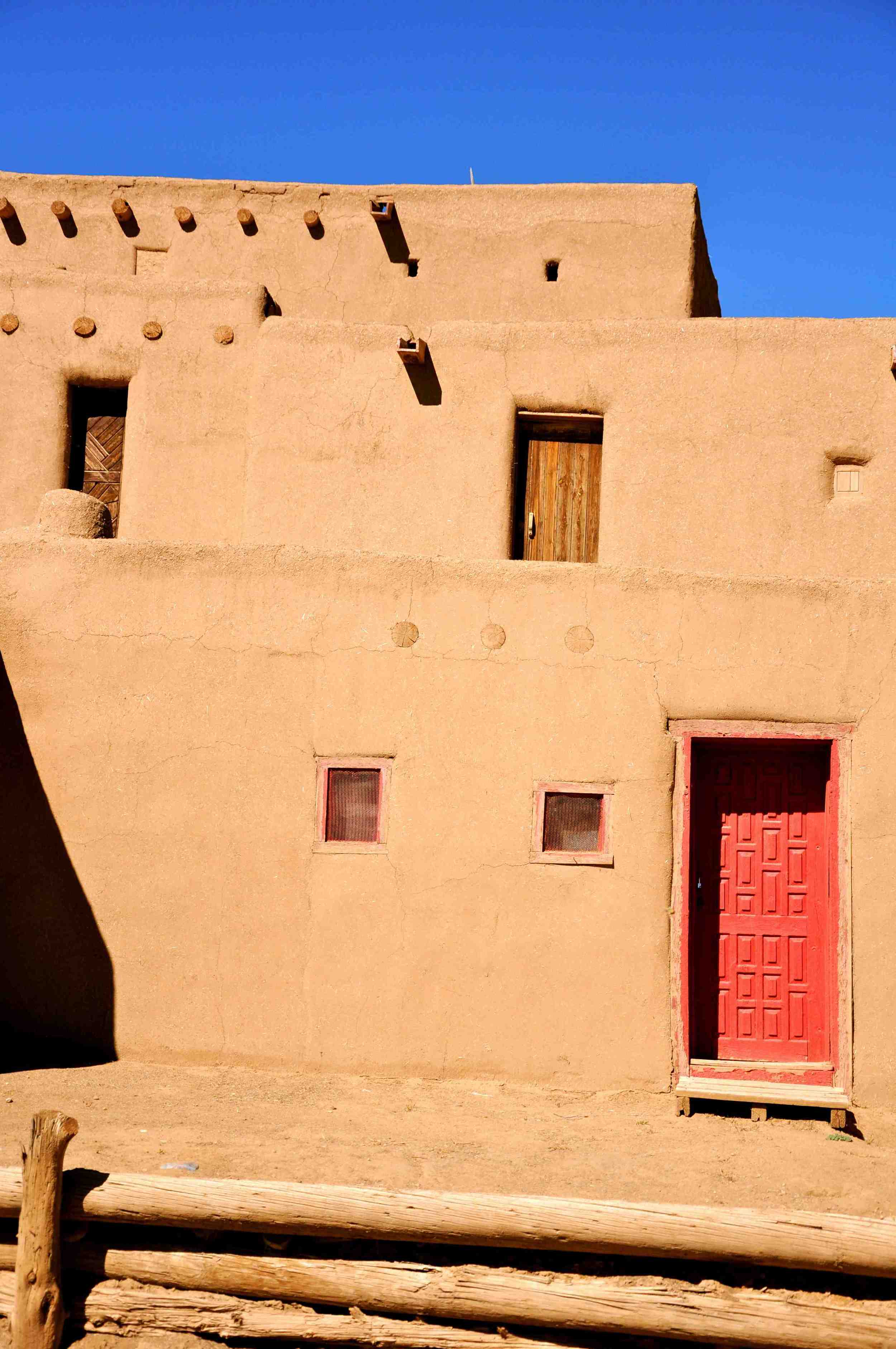
































I cannot do justice in the next few paragraphs of their history, but here is a brief overview:
The people of Taos Pueblo are a Tiwa speaking tribe, and are thought to have settled in the area in the 13th to 14th centuries. Their pueblo is considered to be the best preserved out of all the other pueblos in the United States, dating back 1000 years. The families who the dwellings were passed down to are responsible in taking care of their ancestral home, and their religious and cultural buildings are in the care of the entire tribe.
According to UNESCO, each year, as a part of a tribal ceremony, the structure receives a new coat of mud and straw plaster. The doors are a modern addition. Traditionally, entrance was from the roof accessed by ladders, as a defensive tactic against invading tribes. The last person in, would pull the ladder up behind them. The turquoise color on the doors is for good luck.
The Red Willow people were very resistant to converting to Catholicism, and burned down the first constructed church. I asked a newly engaged tribeswoman if she would be having a traditional wedding. Sadly she explained, some of their traditions were lost due to the Spaniards, including traditions linked to engagements and marriages. Most of the tribe is baptized in the church, and also buried in their graveyard. As you can see in the photos, most crosses bare Spanish names, forcefully given to the tribespeople.
The pueblo is closed to tourists for a few months out of the year for ceremonial purposes. Some of these ceremonies are conducted in Blue Lake, a sacred site for the Red Willow people. In restitution, the lake was obtained by the tribe from the US government in 1970. Now, you must seek permission from the tribe to see the lake, which cannot be reached by car - only by foot or horseback.
What first interested me in Taos was this Ansel Adams photo of the church, taken in 1941.
The area in general has attracted thousands of people including artist Georgia O'keefe who painted this painting showing the main structure of the pueblo, in 1929.
Photographer Edward S. Curtis was a great assistant to history, taking various photos of the pueblo's inhabitants seen here:
And here are some more images of Taos and its people:
Perhaps these people, the people of the Red Willow, their history and struggle hold a special place in my heart because of my history and my people's struggle. Our history, land and culture was also taken away from us because of genocide, yet we, as Armenians, protect what we still have, as best we can.
I hope to visit Taos again, and spend more time with its people, should they have me.
The Jackass and the Elephant
The United States has two major parties: Democrat and Republican. I won't go too deep into their political views here, but I'd like to bring to light for those who are curious, how their mascots came to be.
To do this, let's backtrack over a century. In the 1800s, the Democrats believed in small government, whereas the Republicans believed in big government. President Lincoln for instance, was a Republican. This change of party views shifted between the mid 1800s to the 1930s, when President F.D. Roosevelt was in office, as a Democrat.
Keeping this in mind, let's take a look at why the parties originally were represented by the jackass and the elephant. When Andrew Jackson (D) was running for President, his critics called him a "jackass." This name stuck with him while he was in office as well.
Putting Jackson aside, we have cartoonist, Thomas Nast (of "Harper's Weekly") to thank for the creation of both mascots. Nast, a Republican supporter (big government at the time) made both mascots famous in his 1874, "The Third-Term Panic" cartoon (Grant's third term).
Here, Nast depicted the Democrats (small government) as a jackass dressed in lions skin, scaring away all the other animals. The cartoon read, '"An Ass, having put on the Lion's skin, roamed about in the Forest, and amused himself by frightening all the foolish Animals he met with in his wanderings.'--Shakespeare or Bacon.'" In short, he wanted to alert the voters that though the jackass may seem like a lion, underneath it all, it's really, only a jackass, trying to fool everyone.
Today, Democrats say that the donkey is smart, brave and hardworking. The Republicans say that the elephant is strong, grand and dignified. I'll let you be the judge of that.
For your enjoyment, here are some campaign material depicting these two animals as representatives of the Democratic and Republican parties throughout the years.
Tent Rocks
These "Tent Rocks" are located in the Kasha-Katuwe National Monument, in New Mexico. A product of volcanic eruptions dating back 7 million years, these rocks have boulder caps that protect them - those that lose the caps, begin to disintegrate.
There are also canyons and caves in the area, within a relatively short hike from where you park your car. As elevation is much higher there than in Los Angeles, it was more challenging to hike, even though it was not a difficult trail.
And no, you cannot climb on the rocks... so please don't, because we do not need to begin destroying these magnificent formations for the sake of selfies.








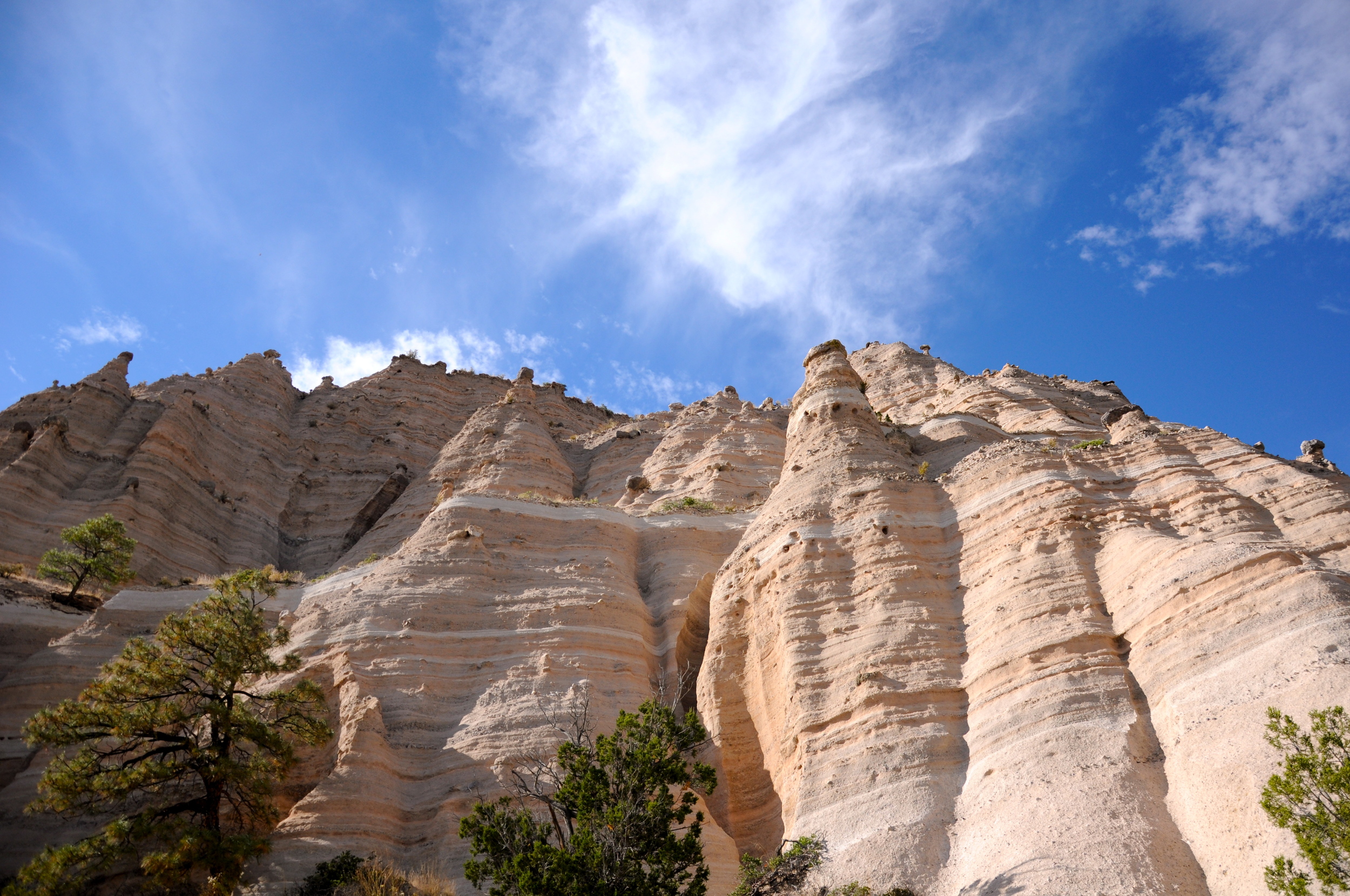







The Grand Canyon
I finally had the chance to visit the Grand Canyon. Its majesty is difficult to explain in words - it takes your breath away, and when you're at it's tips and the wind suddenly blows, you take a few steps back, knowing that you're weak in comparison to its enormity.
Photos too can do no justice to this amazing site, but here are some for your viewing.










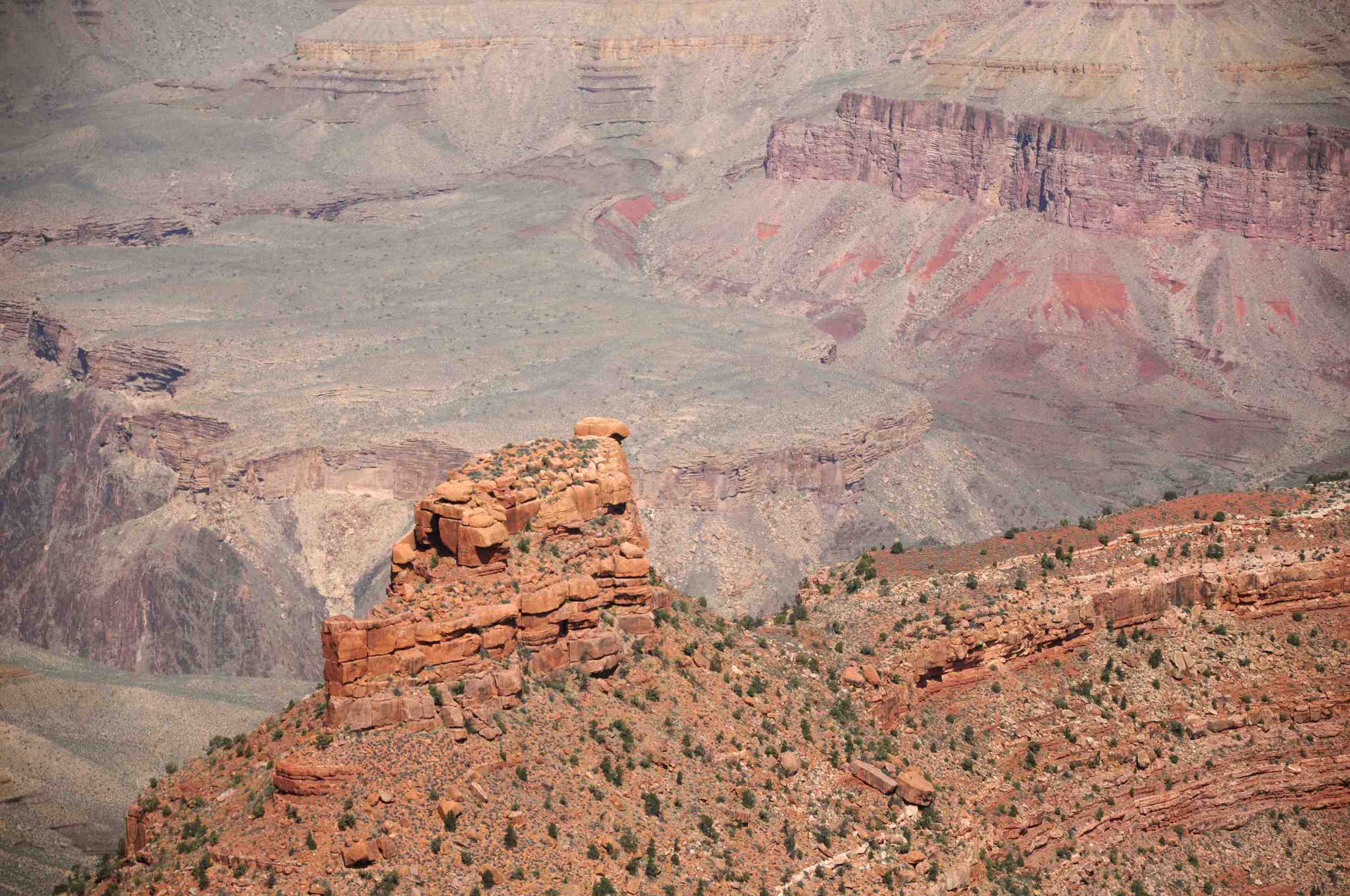


































Expecting
My cousin's beautiful wife allowed me to take photos of her and her adorable children. Looking forward to meeting the third one very soon!
The Fall of an Empire - USSR
September 21, 1991 marks Armenia's Independence Day from the Soviet Union. Over 70 years under Soviet rule, it was unfathomable to see this "mighty" power fall.
This power that helped bring down Hitler and the Nazi's, and kept the United States in fear of the concept of Communism, collapsed, and in doing so, unintentionally freed its "subjects."
That's where my history lesson ends for the day... well, almost. The Soviet Union had two "gods:" Lenin and Stalin. The worshiping of these two mortals was evident in the countries conquered. School children were taught at a young age that Lenin was their grandfather and they needed to make him proud by doing well in school and obeying the rules. Practicing culture and religion was not only frowned upon, but also punishable. Statues of Lenin and Stalin stood tall, looking down toward the people they ruled over. For a union that did not believe in a god, these statues prove otherwise. As countries took on independence, they tore down the symbols that kept freedom from them.
One of my favorite political theorists, Thomas Paine, taught me in his writings, that the greatest force, stronger than any government is its people. The people allow governments to exist. If the people do not believe in their government or style of government, it will eventually cease to exist. If the people want change, their government will have to oblige, or disappear.












Zebras at the Hearst
The Hearst Castle once had its own private zoo. When finances became tight, some of the animals were placed in other zoos and some were set free to roam the acres of land. If you're lucky, you'll see zebras hanging out.
Food!
I recently ran into a friend of mine in the market and naturally, we started talking about food. She had a dilemma: what to make for dinner. I realize that not everyone has a love for cooking (at least not yet!), so she inspired me to start sharing my recipes. They're simple, fresh and healthy. I don't count calories, but I do attempt to make delicious food that is also good for you. So take a look at my "Food" section for recipes now and then.
Woman
Ooshatsank Band Rocks Navasartian
The Sun's lifeline of a curtain
FYI Series: Hugh Hefner, a Puritan?
Englishman, William Bradford was born in the late 1500's. He was highly religious and left the Church of England (an institution that was not religious enough for him) to join the Separatists; a Puritan branch.
In 1620, he set sail the Mayflower for the Americas, to Plymouth, and was one of the first Pilgrims to settle in the Americas. After the quick death of the first governor of Plymouth Colony, he was elected governor.
The colony was considered to be one of the most efficient and well run colonies in the Americas. Bradford was a firm yet gentle governor. He ran a highly religious and puritan colony and was known to be kind to the Native Americans - who in turn helped the Pilgrims survive. His legacy continues today in form of a national holiday: Thanksgiving.
Bradford ensured his people lived a God fearing life, taking example from him. Adultery, drunkenness, games, and ungodly passion was not allowed in his colony.
The colony continued to run smoothly and religiously even after Bradford's death. The colony's independence did not last long, but even so, the community of Plymouth and its families continued to live Puritan lives for centuries.
Perhaps the most well known descendant of Bradford was his grandson, many generations removed - the infamous yet not so Puritan, Hugh Hefner.
I guess what stuck there was the ability and know-how to run an efficient colony.
See a resemblance?
**The FYI Series is meant to introduce historical context of pop-culture. Some of the stories have been proven by historians and some are still debated. I suggest taking these as a light read, as it is not meant to be a historical paper.**
An Open Letter to My Turkish Peers
Dear Peers,
I cannot begin to imagine what you think of the words, “Armenian Genocide” and the idea that your ancestors are to blame for it. If I were told that my great-grandfather planned, took orders to kill, or just stood idly by during these events, I would also deny it. I’d think, “How can strangers have such hatred toward my ancestors? My ancestors would never do that.”
In the United States, our generation (those born 1977-1994) is considered the “Y” generation. At first, they did not know how to generalize us – they thought we were going to be the “useless” generation, the ones who had it all, and so had nothing to really contribute. We were considered the narcissistic generation. This was before they gave us a chance – before we reached the age where we were allowed to make our own decisions. Now, our generation is considered to be one of the brightest, sophisticated and eager to making the world better as a whole.
You are the future of your country, and you have the choice to either progress it or not. If only your government had the courage not to hide history from its own citizens, to teach them honestly and truthfully, perhaps your grandparents, or parents would have ended this cycle of denial decades ago. But, it wasn’t so. With information literally at your fingertips, I ask that you go beyond what they tell you or teach you, I ask you to research the events of 1915-1923 for yourselves.
The story from your government’s side has changed so much just in the past 20 years, but as historians have proven (including renowned Turkish historians), what took place in Ottoman Turkey during WWI was genocide. The Ottoman court even found the perpetrators guilty.
Even today, I do not know what your media or government tells you when they speak of the thousands of Armenians protesting in front of Turkish consulates and embassies around the world. We do not protest because we hate you – we protest because your government continues denying the Armenian Genocide.
Thank you for standing up against your government when they are wrong, when they try to censor social media, when they jail or kill journalists, when they try to destroy what is rightfully yours. You, my peers, have shown great courage in the past decade – courage that I perhaps would not have had shown under the circumstances. I urge you to take your courage further to possibly the darkest pages of Turkish history, your history, to the days of the Armenian Genocide. Be the ones to bring this to justice, to help us (Turks and Armenians) heal.
To start, I'd like to share with you some links to further your education.
From Empire to Republic: Turkish Nationalism and the Armenian Genocide by Taner Akcam
Survivors: An Oral History of the Armenian Genocide by Donald Miller and Lorna Miller
Remembrance and Denial: the Case of the Armenian Genocide edited by Richard Hovannisian
Sincerely,
Ani
P.S. Thank you to the Turkish family I will never meet, who helped my great-grandparents escape the genocide safely to Syria. Thank you for risking your lives for your Armenian friends and neighbors.
Fleur de Lis
Custom made greeting card
Found Artwork
I was cleaning out my portfolio when I found some old artwork I had forgotten about. Well, here they are, all from 2010:
Oh Yosemite
Wow - Yosemite is amazing! I kind of went overboard with the waterfalls, but can you blame me? Unfortunately, I was unable to make it to Bodie Ghost Town because the roads were closed, but it's a great excuse to make it back to this amazing park.
"Another glorious Sierra day in which one seems to be dissolved and absorbed and sent pulsing onward we know not where. Life seems neither long nor short, and we take no more heed to save time or make haste than do the trees and stars. This is true freedom, a good practical sort of immortality." - John Muir, 1911.
HELLO Homemade Potato Chips
Tried out homemade potato chips today... so glad I did. Much lighter than store bought ones, and with a dash of your favorite seasoning, it's pretty close to perfection.
Fashion Photography
My extremely talented cousin, fashion designer Nazik Salatyan, asked that I assist her in taking photos of her designs. Of course I said yes! It's a photographer's dream to shoot great clothing, with an amazingly down-to-earth model, at a breathtaking location.
Here is a sneak preview!


















































